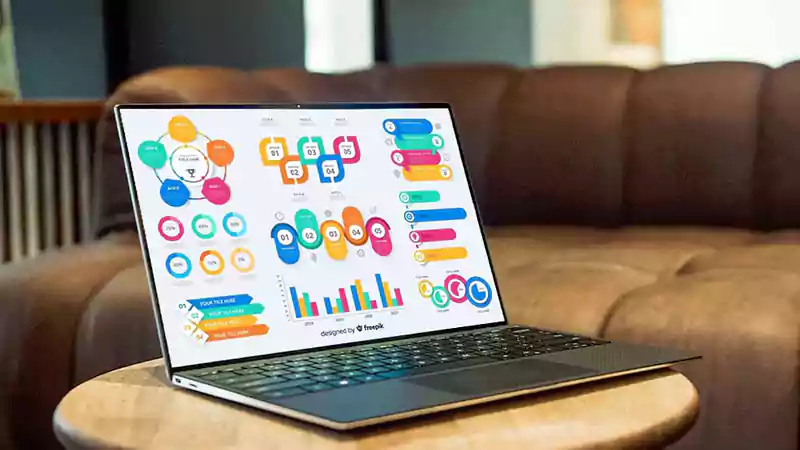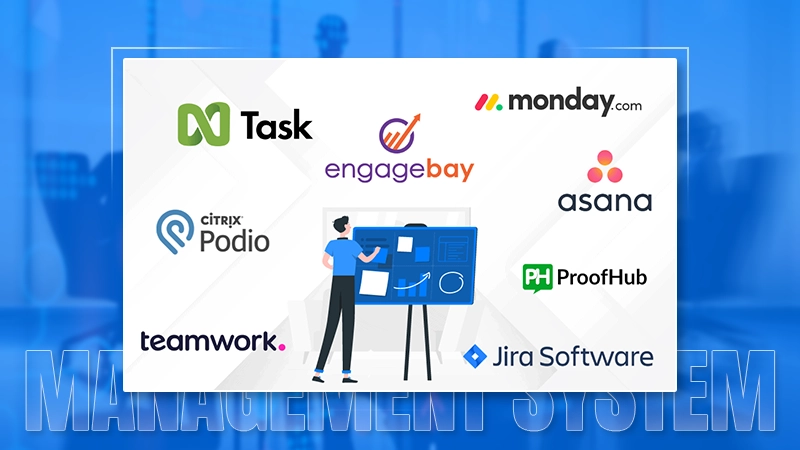Do you have a fresh business idea to start a business but don’t know how to put it into action?
Do you want to enhance your current business model?
Are you feeling overwhelmed by the prospect of developing a business model?
The business model canvas is a one-page approach that can offer you the solution you’re looking for.
This blog will describe the business model canvas and walk you through some of the best examples of it.
What is a Business Model Canvas?
A business model is essentially a blueprint that describes how a company plans to generate revenue. It outlines who your client base is, how you provide value to them and the financial information that goes with it. The business model canvas allows you to specify these various components on a single page.
If you face any difficulty in preparing a business plan, then you must try visually appealing Google Slides templates and free PowerPoint templates to get you started.
The business model canvas is a strategic management tool that allows you to see and evaluate your business concept or idea. It’s a one-page document with nine boxes representing several key components of a company.
The business model canvas outperforms the typical business plan, which can cover many pages by providing an easier approach to grasp the various fundamental parts of a firm.
The right side of the canvas is concerned with the client or the market (external forces over which you have no influence), whereas the left side is concerned with the business (internal factors of the company that comes under your control). In the middle, you’ll find value propositions, which reflect the exchange of value between your company and its consumers.
Purpose of a Business Model Canvas
These canvases, in addition to offering a basic overview of the business model, allow firms to visualize and assess their strategy. This involves upgrading the model when the firm evolves, such as market changes, new streams of revenue, or expansions.
The business model canvas serves as a core, shared source of information to which each department may provide their own unique contribution from their different disciplines.
It’s a template that describes the company’s structure, precisely how each area interacts with the others. Understanding the value offer, the target client, and the channels through which they are engaged, for example, must all be examined together, rather than in isolation.
Business Model Canvas Examples
Now that we’ve gotten the theory out of the way, let’s move on to the practicalities. The Business Model Canvas, on the other hand, comes to life when you see it in action.
So, let’s take a look at three distinct Business Model Canvas examples to show how effective it can be.
Example 1: Skype
When key alliances, key activities, and key resources are considered together, the primary thing to note is that Skype is able to support its business model of giving cheap and free calls because it does not have to operate its own telecommunications network, like a typical telecoms provider does.
Skype requires very little infrastructure, only backend software, and servers that hold user accounts. According to the Business Model Canvas, Skype has two primary value propositions:
- The ability to make free Internet calls, including video calls.
- The capacity to make low-cost phone calls.
Skype runs on a freemium business model, which means that the bulk of Skype’s customers (the Free Users consumer group) utilize the service for free to make internet calls, with just 10% paying up for the prepaid service.
Example 2: Gillette
The business plan of Gillette is based on the “Bait & Hook” business model pattern. This strategy is distinguished by an enticing, low-cost, or even free first offer that drives repeat sales of related items or services in the future. The bait is frequently offered at a loss in this economic model, funded by the hook.
In Gillette’s example, the bait is a low-cost razor handle, and the hook is the repeated purchase of blades. The business model is often used in SaaS (Software as a Service) firms, where a free trial month generally leads to a monthly membership.
Wrapping It Up
When you’ve finished your business model canvas, you may share it with your company and stakeholders to gather comments. Because the business model canvas is a live document, you must examine it after completion to ensure that it is relevant, up to date, and correct.








